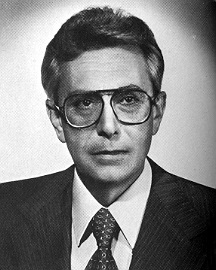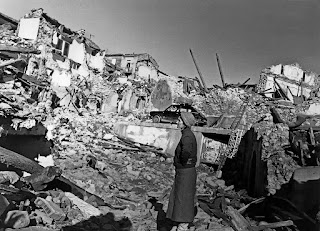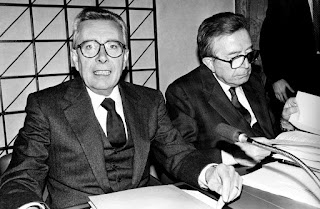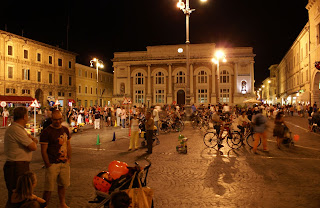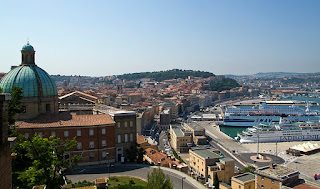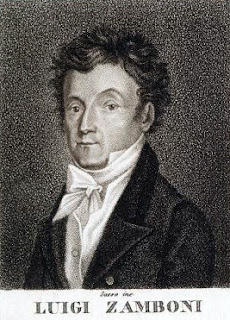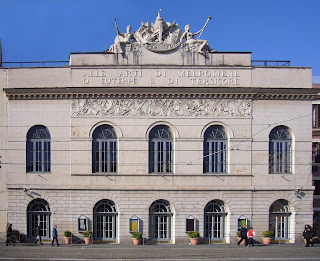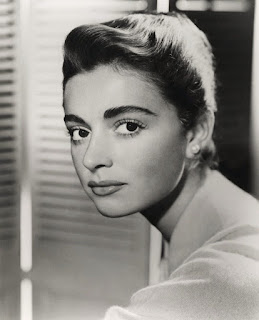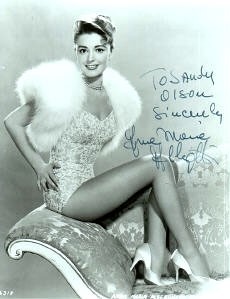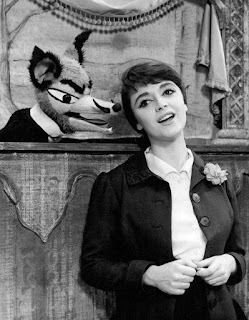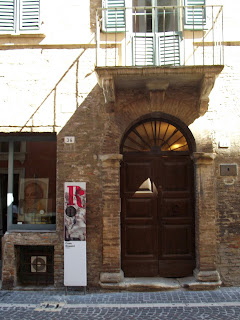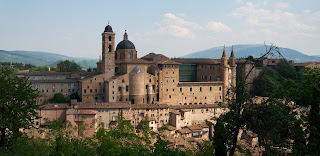Last male in famous family line
 |
| Francesco Maria II della Rovere, as depicted by Italian painter Federico Barocci in 1572 (Uffizi Gallery) |
Descended from the 15th century Pope Sixtus IV, Francesco Maria II’s only male heir, Federico Ubaldo della Rovere, died without fathering a son, which meant the Duchy reverted to Francesco Maria II, who in turn was convinced he should give it to Pope Urban VIII, of the Barberini family.
Federico’s daughter, Vittoria della Rovere, had been convinced she would be made Duchess of Urbino but had to be content with the Duchies of Rovere and Montefeltro, as well as an art collection that became the property of Florence after she had married Ferdinando II de’ Medici.
Pope Sixtus IV, best known for building the Sistine Chapel in the Apostolic Palace, the official papal residence in Vatican City, had come from a poor family in Savona in Liguria, but once elected pope became wealthy and powerful and set about ensuring that his personal prosperity was used to the betterment of his family.
He soon made his nephews Giuliano della Rovere (the future Pope Julius II) and Pietro Riario both cardinals and bishops, while appointing four other nephews as cardinals.
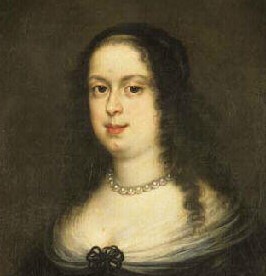 |
| Vittoria della Rovere, granddaughter of Francesco Maria II, was the last to carry the family name |
Guidobaldo da Montefeltro adopted Francesco Maria I della Rovere, his sister's child and nephew of Pope Julius II, and named him as heir of the Duchy of Urbino in 1504.
Francesco Maria I inherited the duchy in 1508 thereby starting the line of Rovere Dukes of Urbino. Francesco Maria II della Rovere was his grandson after the third Rovere to hold the title.
As a young man, Francesco Maria II was raised at the court of Philip II of Spain. He would have married a Spanish girl but his father, Guidobaldo II della Rovere, forbade it and demanded he return to Urbino.
Instead, he married Lucrezia d'Este, a daughter of Ercole II d'Este and became Duke of Urbino in 1574, when his father died.
Francesco Maria II inherited considerable debts, however, and was forced to sell the Duchy of Sora and the family’s historic seat in Arce in Lazio.
 |
| The Ducal Palace at Pesaro, where Francesco Maria II was born |
It was fortunate, then, that the death of Lucrezia in 1599 allowed him to marry his teenage cousin, Livia della Rovere, who had a male child, Federico Ubaldo, in 1605. He became Duke of Urbino on being married in 1621 but died only two years later, from epilepsy, leaving only a daughter, the aforementioned Vittoria Della Rovere.
The aging Francesco Maria II took up the title of Duke again, but as there was no more hopes of there being a male heir he arranged for his Duchy to be annexed to the Papal States after his death in 1631.
Vittoria inherited the Duke's art collection but after marrying into the Medici family and had it transferred to Florence to the Uffizi Gallery and the Palazzo Pitti, where it remains today.
 |
| The Fortezza del Priamar was built by the Genoese to protect the city of Savona in the 16th century |
The third largest city in Liguria after Genoa and La Spezia, Savona, where the Della Rovere family originated, used to be one of the biggest centres of the Italian iron industry, the iron-works and foundries providing materials for shipbuilding and railways among other things. It also has a busy port but as well as industrial areas the city has a charming medieval centre containing architectural gems such as the baroque Cattedrale di Nostra Signora Assunta - behind which is Italy’s other Sistine Chapel, like the Rome version erected by Pope Sixtus IV - and the Fortezza del Priamar, built by the Genoese in 1542 after their conquest of the city and later used a prison. It was there in 1830 that the revolutionary Giuseppe Mazzini was imprisoned. There is a Palazzo Della Rovere built by Cardinal Giulio della Rovere and designed by Giuliano da Sangallo.
Stay in Savona with Booking.com
Travel tip:
Pesaro, where Francesco Maria II was born, is a coastal city and resort in Le Marche about 35km (22 miles) from Urbino. It has a 15th century Ducal Palace, commissioned by Alessandro Sforza. The city has become well known for being the home of the opera composer Gioachino Rossini, who was born there in 1792. There is a Rossini Opera Festival every summer and Pesaro is home to the Conservatorio Statale di Musica Gioachino Rossini, which was founded from a legacy left by the composer. Look out also for the Rocca Costanza, a massive castle built by Costanzo I Sforza. Of the 17th century Mura Roveresche - the Della Rovere Walls - demolished in the early 20th century, only the Porta del Ponte and Porta Rimini gates remain.
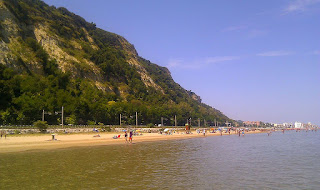 |
| The resort city of Pesaro has a long stretch of sandy beach that is free for public use |
Pesaro, where Francesco Maria II was born, is a coastal city and resort in Le Marche about 35km (22 miles) from Urbino. It has a 15th century Ducal Palace, commissioned by Alessandro Sforza. The city has become well known for being the home of the opera composer Gioachino Rossini, who was born there in 1792. There is a Rossini Opera Festival every summer and Pesaro is home to the Conservatorio Statale di Musica Gioachino Rossini, which was founded from a legacy left by the composer. Look out also for the Rocca Costanza, a massive castle built by Costanzo I Sforza. Of the 17th century Mura Roveresche - the Della Rovere Walls - demolished in the early 20th century, only the Porta del Ponte and Porta Rimini gates remain.
Plan your trip to Pesaro with Booking.com
More reading:
The death of Julius II, the 'Warrior Pope'
Vittoria della Rovere, Grand Duchess of Tuscany
Isabella d'Este - 'First Lady of the world'
Also on this day:
1339: Visconti against Visconti in the Battle of Parabiago
More reading:
The death of Julius II, the 'Warrior Pope'
Vittoria della Rovere, Grand Duchess of Tuscany
Isabella d'Este - 'First Lady of the world'
Also on this day:
1339: Visconti against Visconti in the Battle of Parabiago
1778: The death of Laura Bassi, physics professor who broke new ground for female academics
1816: Rossini's opera The Barber of Seville premieres in Rome
1993: The death of car marker Ferruccio Lamborghini
(Picture credits: Ducal Palace by Italtrucker; Savona fortress by Diani Stefano; Pesaro beach by Whiskerdisco; all via Wikimedia Commons)
